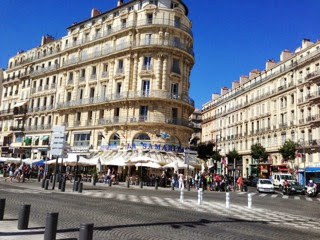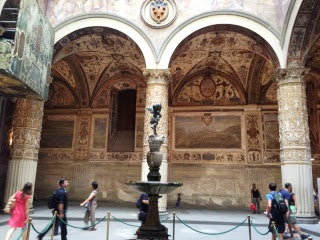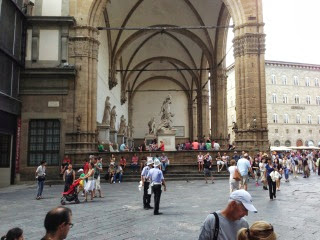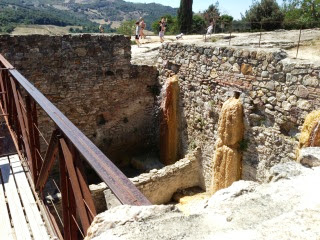We had always avoided Marseilles because it seemed as though it would be a horror trying to navigate through the suburbs of this huge city to find our way to the very heart of the original settlement - the old port. What a surprise! Easy - easy - easy! Two lanes all the way and good signage.
And this was the view from our hotel window. That is the old fort, Fort Saint Nicholas, on the headland, guarding one side of the entrance to the harbour. It was built by Louis XIV in 1680 as a second defence - to assist the Fort Saint Jean on the other headland, which is even older, surviving from the 12th century.
Marseilles is old! It is said to have been the most significant of the Mediterranean ports for 2,600 years.
I've never seen so many boats - and they are constantly moving. It is a pleasure port these days - the commercial port of Marseilles is a little further along the coast to the west.
Looking towards the left from our hotel window. Marseilles claims to offer over 100 km of boat mooring.
And looking directly across the port with the Basilica of Notre Dame de la Garde on the hill.
Marseilles-Provence is the European Capital of Culture for 2013 and the city has certainly scrubbed up well.
Love the art on the waterfront.
Some georgeous buildings. This city has had a rich past and my brochure says Le Viuex Port is in its second life and hopes for a rich future. Well - that's my limted translation anyway. I wish it the best of luck.
What a great way to advertise.
And fun, too
Some real art,I think.
One of very many tour boats that take tourists to see the rocky coastline outside the port as well as the Chateau d'If - of Count of Monte Cristo fame. This one was named the Henri-Jacquès. We'll save up this excursion for our next visit.
The fiercely old fort of Saint Nicholas built on the white rock that makes up the coastline, and most of the landscape, of Provence.
This is the electric ferry that shuffles back and forwards across the harbour - for free.
Powered entirely by solar panels on the roof, with the inverter and its readings proudly displayed in the cabin, promoting clean energy. The readout showed that the ferry uses more power stopping before it crashes into the jetty at the other side of the harbour in front of the pink Marie, than it does to make the journey across the water.
The beautiful church of Notre Dame de la Garde that dominates the cityscape. We took the tourist train to get up here in the early evening. It is built of a white marble with a colour similar to that of the Duomo in Florence.
Back at dock level - I just loved the Dali in front of the old and not so old, masted boats with the cathedral on the hill.
Twenty four hours was nowhere near enough, but bookings were difficult and we could only pick up a single Monday night - we'll come again.





















































